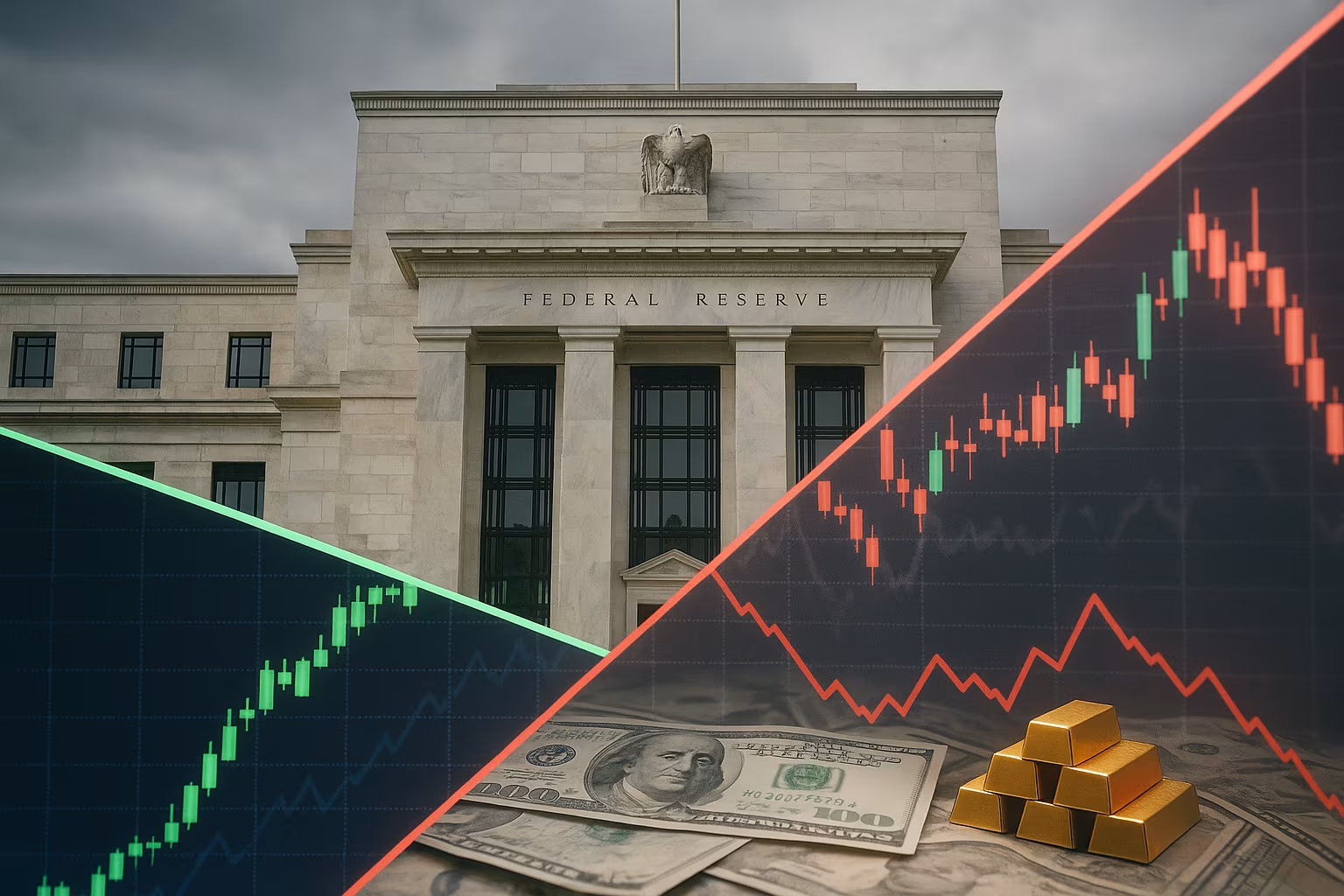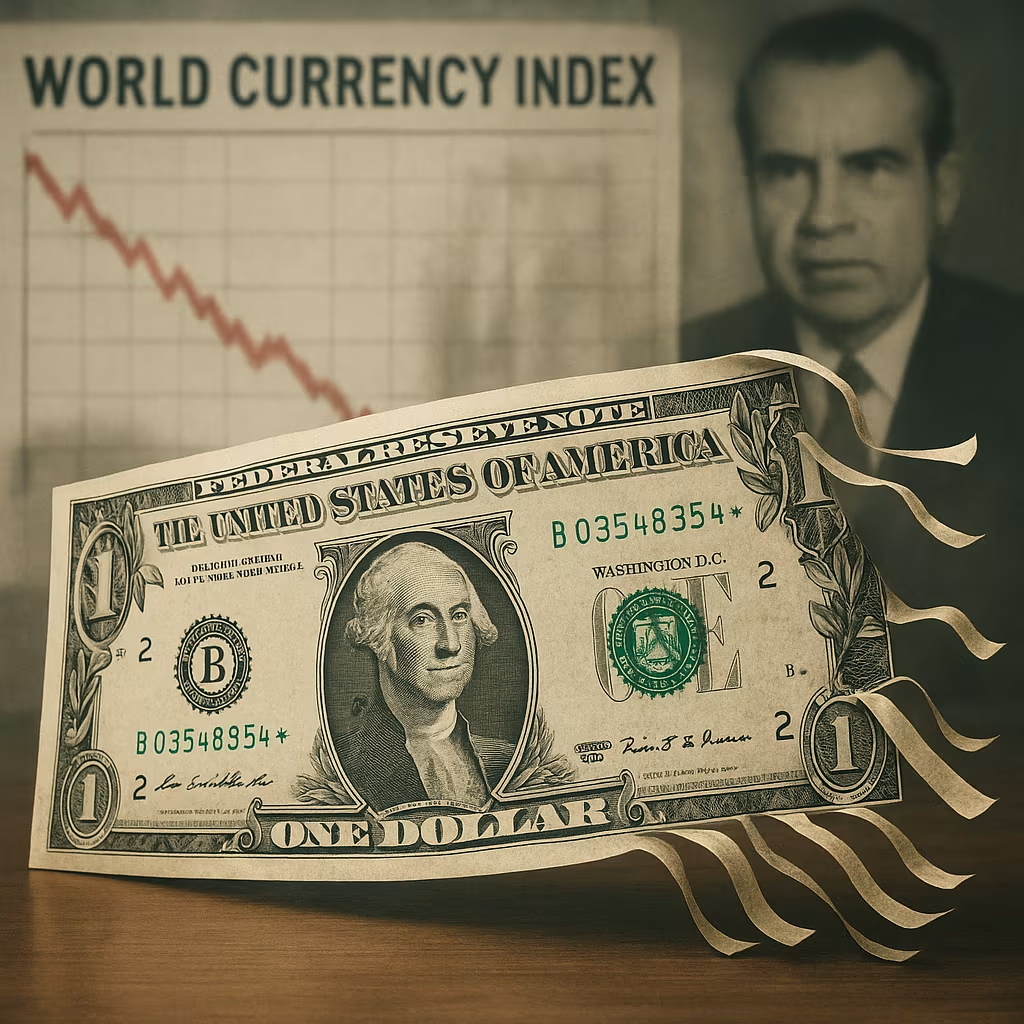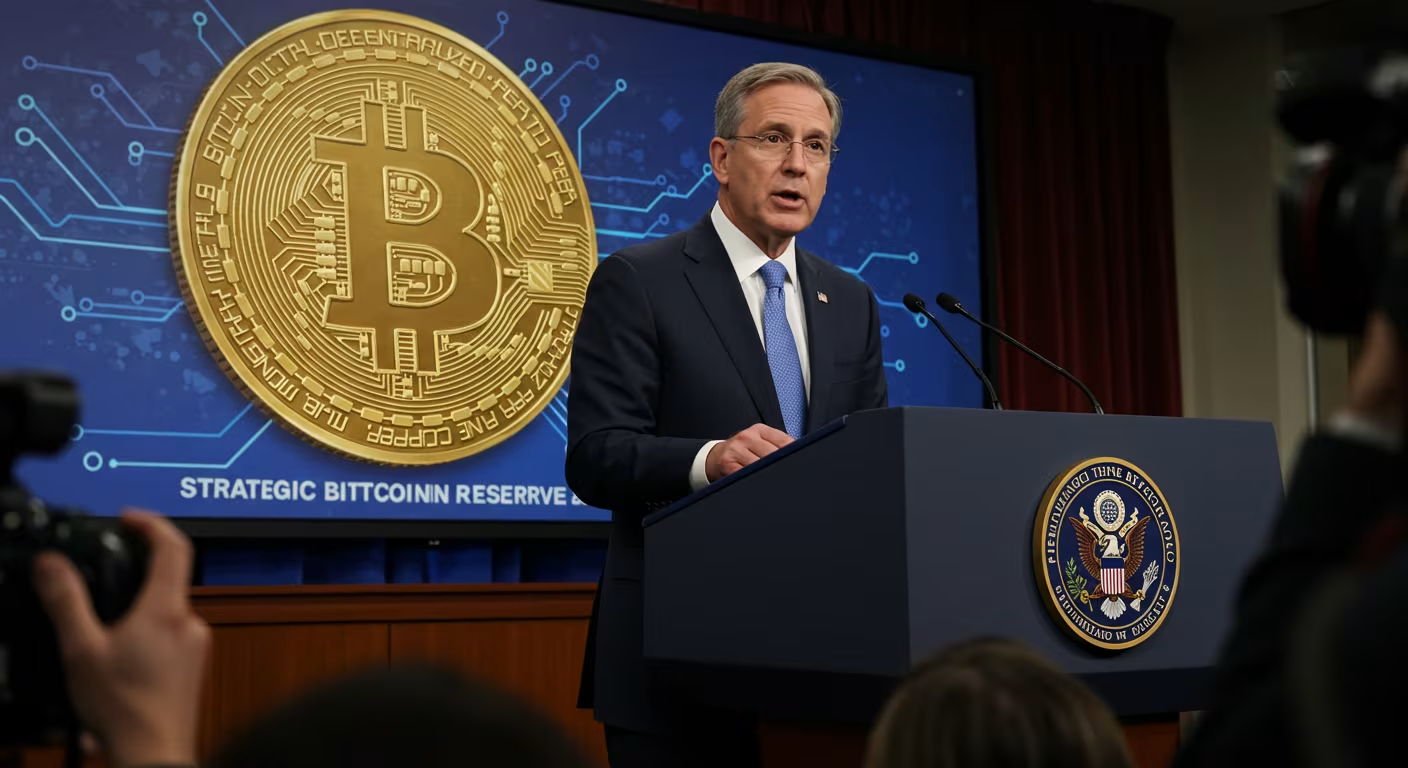As the Federal Reserve signals a potential shift toward monetary easing, investors are beginning to ask a familiar question: How will stocks respond when rate cuts begin? After months of restrictive policy aimed at cooling inflation, the prospect of lower interest rates is stirring cautious optimism across Wall Street.
Historically, Federal Reserve rate cuts have had a significant and often positive impact on equity markets — but the effect depends heavily on the economic context in which they occur. With a potential policy pivot just weeks away, now is the time to examine what past rate-cutting cycles can tell us about the future of stock market performance.
A Pivot on the Horizon
After a series of aggressive rate hikes that took the federal funds rate to a two-decade high, the Fed has begun signaling that its tightening cycle may be complete. Inflation has cooled from its 2022 peak, the labor market is showing signs of softening, and consumer demand is beginning to ease.
Recent Fed commentary suggests that rate cuts could arrive as early as this quarter, assuming inflation trends remain favorable and recession risks rise. For investors, this development is a double-edged sword: easing could provide a liquidity boost to markets, but it also suggests growing concerns about economic momentum.
So what happens to stocks when the Fed eases? The answer lies in history.
What History Says About Stocks During Rate Cut Cycles
Since 1980, there have been several major interest rate cutting cycles. The stock market’s response has varied based on whether the Fed was making “insurance cuts” — to support growth in a stable economy — or “recession cuts”, made in response to economic contraction.
Here’s a look at key periods and how the market performed:
1. 1995 – Insurance Cuts, Market Rally
In 1995, the Fed made a series of modest cuts after realizing it had over-tightened during the previous year. The economy was not in recession, and inflation was tame. The result? The S&P 500 surged more than 34% over the following 12 months. This remains one of the best post-cut stock market rallies on record.
2. 2001 – Recession Cuts, Volatile Market
The Fed slashed rates aggressively in response to the bursting of the dot-com bubble. But the cuts couldn’t immediately rescue the markets from deep structural damage. The S&P 500 lost over 10% during that year despite lower rates, underscoring how rate cuts can’t always overcome economic downturns.
3. 2007–2008 – Crisis Cuts, Sharp Declines
During the Great Financial Crisis, the Fed lowered rates from 5.25% to near zero. Despite the aggressive action, the S&P 500 fell more than 50% at its lowest point. The cuts helped stabilize markets eventually, but the timing and severity of the crisis overwhelmed the benefits in the short term.
4. 2019 – Insurance Cuts, Moderate Gains
The Fed began cutting rates in 2019 as a precaution against global trade tensions and slowing growth. These were not crisis-driven cuts. The result? The S&P 500 rose around 15% over the next year, benefiting from improved liquidity and confidence without a full-blown economic downturn.
5. 2020 – Pandemic Response, V-Shaped Recovery
In March 2020, the Fed slashed rates to near zero as COVID-19 spread globally. Initially, markets plummeted. But once fiscal and monetary stimulus kicked in, the S&P 500 staged a dramatic V-shaped recovery, gaining nearly 70% over the following 12 months.
Key Takeaway: Not All Rate Cuts Are Equal
If history teaches us anything, it’s that the market’s reaction to rate cuts is highly dependent on context:
- Rate cuts in a strong or stable economy tend to boost stocks quickly and significantly.
- Rate cuts during or just before a recession often lead to muted or negative returns in the short term, followed by gains as the economy stabilizes.
So, where does 2025 fit into this historical narrative?
The 2025 Outlook: A Potential Soft Landing?
Current data suggests that the Fed could be entering a soft-landing scenario — a rare instance where inflation slows without triggering a recession. If this narrative holds, we may be entering a phase similar to 1995 or 2019: insurance-style rate cuts, not panic-driven ones.
This could be a bullish signal for equities, particularly in interest-rate sensitive sectors such as:
- Technology: Lower rates improve discounted cash flow valuations and encourage risk-taking.
- Consumer Discretionary: Easing could revive consumer sentiment and spending.
- Small Caps: With more domestic exposure and reliance on borrowing, smaller companies benefit disproportionately from falling rates.
However, risks remain. If inflation rebounds unexpectedly or geopolitical events disrupt markets, the Fed could delay action — or worse, reverse course. Similarly, if the economy is already slipping into contraction, the benefit of rate cuts could be offset by deteriorating fundamentals.
What Should Investors Watch?
To navigate the coming months effectively, traders and long-term investors should keep a close eye on:
1. Fed Language and Dot Plots
Any signal of faster or more aggressive cuts will affect equity sentiment. Watch the Fed’s Summary of Economic Projections (SEP) and post-meeting statements for clues.
2. Inflation Data
Monthly CPI and PCE reports will guide the Fed’s next steps. A renewed spike could put cuts on hold.
3. Labor Market Trends
A slowdown in hiring or uptick in unemployment could accelerate easing — but also signal growing recession risks.
4. Earnings Growth
A supportive policy stance is good, but companies must still deliver on earnings. Sectors with strong forward guidance could lead the next rally.
5. Bond Yields
Falling Treasury yields may precede rate cuts and hint at where capital is flowing. The 10-year yield in particular is a bellwether for equity valuations.
Historical Averages: What’s the Upside?
According to data compiled from multiple post-cut cycles, the S&P 500 has returned an average of 10% to 15% in the 12 months following the start of a Fed rate-cutting cycle — assuming the economy avoids a deep recession.
If 2025 follows the 1995 or 2019 script, equities could enjoy a mid-cycle recovery rally, especially as institutional capital rotates back into risk assets. However, if the rate cuts are reactive to a recession, the outlook becomes more uncertain, and market timing becomes far riskier.
As the Federal Reserve inches closer to cutting interest rates, investors are right to look at history as a guide. But while historical patterns suggest that equities often rally in the wake of easing cycles, the market’s reaction depends heavily on the why behind the policy shift.
If the Fed is cutting proactively in a softening but stable economy, stocks may be poised for solid gains in the months ahead. But if cuts are in response to a looming or worsening downturn, the path forward could be far bumpier.
In the coming weeks, staying attuned to economic data and Fed signals will be essential. For now, hope is rising — but smart investors know that timing the pivot is only half the battle. Understanding the backdrop is the real edge.





